First Fort Greene, Then the World: Sweet'N Low's Bittersweet Brooklyn History
You’ve seen the pink packets. You may even have seen the signs painted on a Fort Greene factory. But did you know that Sweet’N Low was born and based in Brooklyn? From its origins just outside of the Brooklyn Navy Yard to its rise as America’s favorite sugar substitute, the story of this iconic sweetener is a…
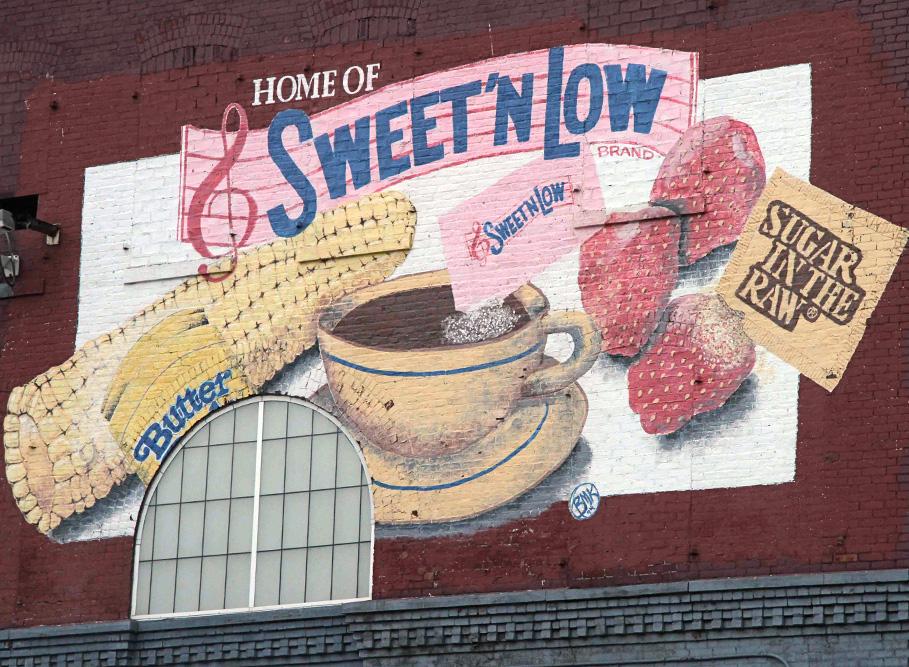
You’ve seen the pink packets. You may even have seen the signs painted on a Fort Greene factory. But did you know that Sweet’N Low was born and based in Brooklyn?
From its origins just outside of the Brooklyn Navy Yard to its rise as America’s favorite sugar substitute, the story of this iconic sweetener is a Brooklyn one. Though the company plans to soon shutter its Fort Greene factory, its tale is far from over.
“Sweet and low, sweet and low, / Wind of the western sea,” begins the poem that inspired an 1897 choral song which — decades later — wormed its way into the ear of Brooklynite Benjamin Eisenstadt.
In the 1940s, Eisenstadt and his wife Betty ran the Cumberland Cafeteria, a lunchtime eatery for Navy Yard workers. But the end of World War II meant fewer ships getting built and fewer shipbuilders in need of a hot meal. So Ben and Betty sold the cafeteria’s fixtures and — inspired by Ben’s childhood employment at a tea factory — bought a single tea-bag-making machine with the money.
Then, during a “rare lunch out with his wife,” according to the official Sweet’N Low timeline, Betty turned to her husband and commented on the dirty state of the table’s sugar bowl.
Eureka! From there, Ben and his eldest son, Marvin, developed the individual sugar packet, and later, its sing-song-sweet contents.
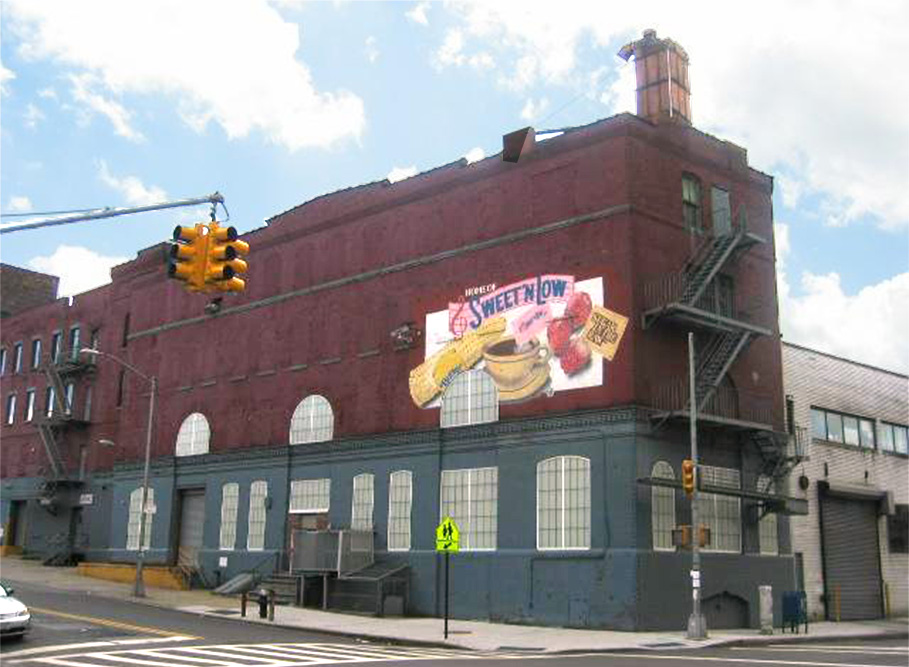
Together, the father-and-son team created a single-serve, zero-calorie sweetener made of saccharin, dextrose and cream of tartar. They packaged the sugar substitute into little pink paper packets bearing the name of Ben’s favorite song, “Sweet and Low.” It was the first time saccharin — then an innovative new artificial sweetener — had been marketed in a powdered form.
The saccharin ingredient, while key, would cause the company much trouble down the line, when studies in the 1970s linked linked the ingredient to cancer (the link was later found to be irrelevant for humans).
While the boys trademarked their sugar creation and its musical staff logo (U.S. Trademark registration No. 1,000,000) they unfortunately did not patent the sugar packet. Later attempts to negotiate with big-time sugar producers lost the company considerable market share of its ingenious single-serving idea.
But when the pink packets hit the market in 1957, they immediately pleased the American palate.
Initially, Sweet’N Low distribution was limited to commercial sales, but in response to demand it became available in grocery stores beginning in 1963.
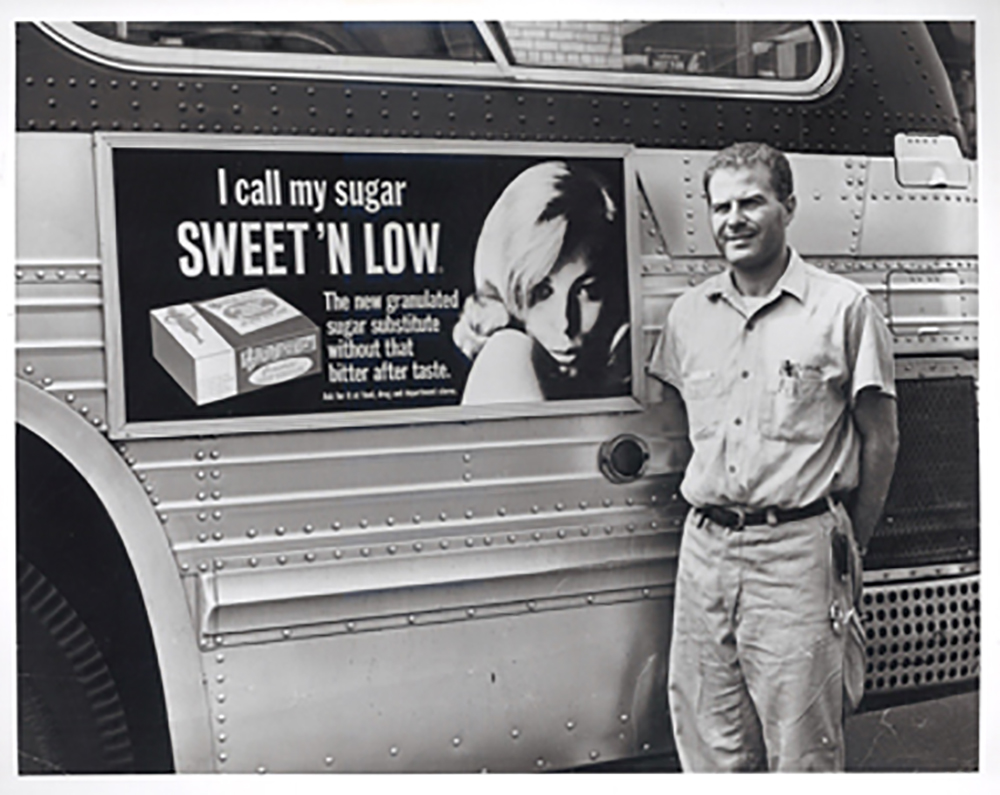
Advertisements started appearing locally on city buses, and for decades demand steadily increased. By 1996, the company’s Fort Greene facility was churning out 50 million packets a day.
Now, though, competition from the likes of Splenda, Truvia and other sugar substitutes has encroached on Sweet’N Low’s market share.
The company recently announced that it will soon ditch its 179,000-square-foot warehouse at 2 Cumberland Street, opting to outsource Sweet’N Low’s packing to another facility.
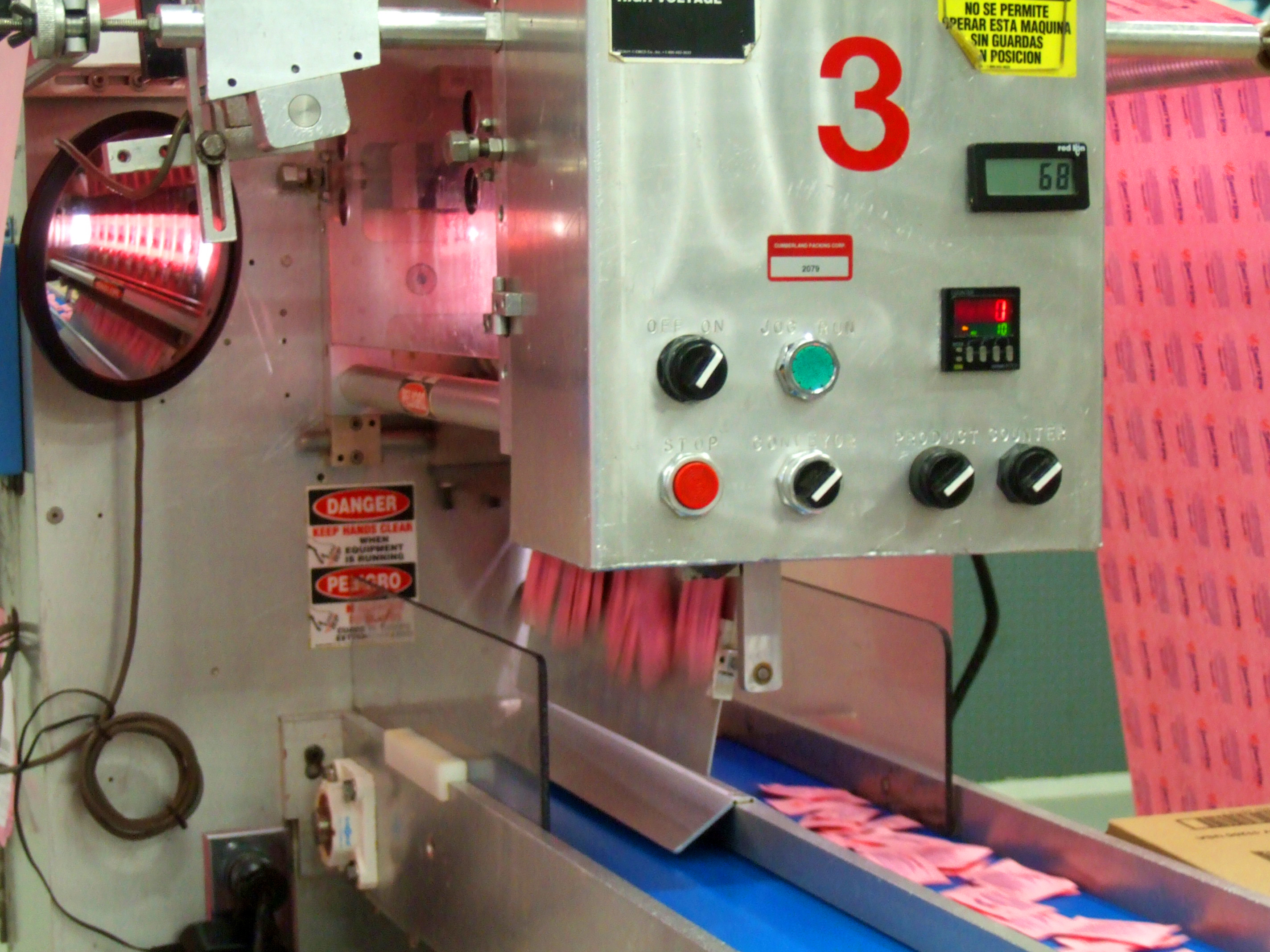
Needless to say, not everyone is pleased with this latest chapter.
“The plan to eliminate hundreds of manufacturing jobs would be a truly bitter pill to swallow for our borough,” said Borough President Eric L. Adams in a statement responding to Sweet’N Low’s plan.
The Eisenstadts will maintain their Brooklyn headquarters and continue to produce other products, such as Sugar in the Raw, but Sweet’N Low’s manufacturing will be out by the end of the year.
“Cumberland Packing in Fort Greene is among the last of the old-time factories that used to line the Brooklyn waterfront,” Eisenstadt relative Rich Cohen wrote in Sweet and Low, the “unauthorized true story of one Brooklyn family.”
That era will soon be over. But Sweet’N Low’s story isn’t.
“This borough and this city will always be our home,” said Steven Eisenstadt, grandson of Ben Eisenstadt and CEO of the company, in a statement. “For a long time, it felt like we were some of the only manufacturers left in Brooklyn, but thankfully that’s changed in the last few years.”
With more and more businesses eager to occupy the Brooklyn Navy Yard and its nearby warehouses, change for the area is certain. Sweet’N Low may be making room for the next generation of great Brooklyn inventors.
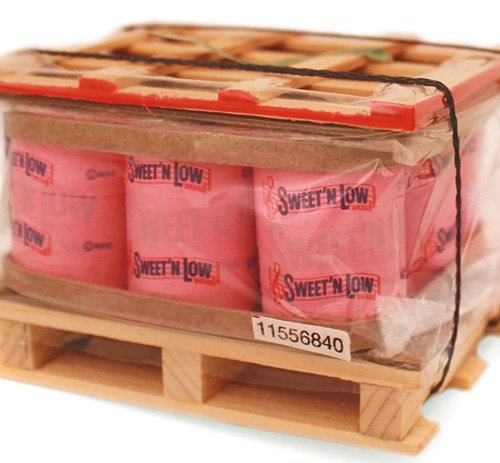
Related Stories
The Sweet Life of Ample Hills, a Brooklyn Ice Cream Empire Expanding to an Aisle Near You
Rising Rents in Brooklyn Force Navy Yard Modular Factory Capsys to Close
Retail Rents Are Highest in Hipster Haven Williamsburg, Followed by Fulton Mall
Email tips@brownstoner.com with further comments, questions or tips. Follow Brownstoner on Twitter and Instagram, and like us on Facebook.
[sc:daily-email-signup ]

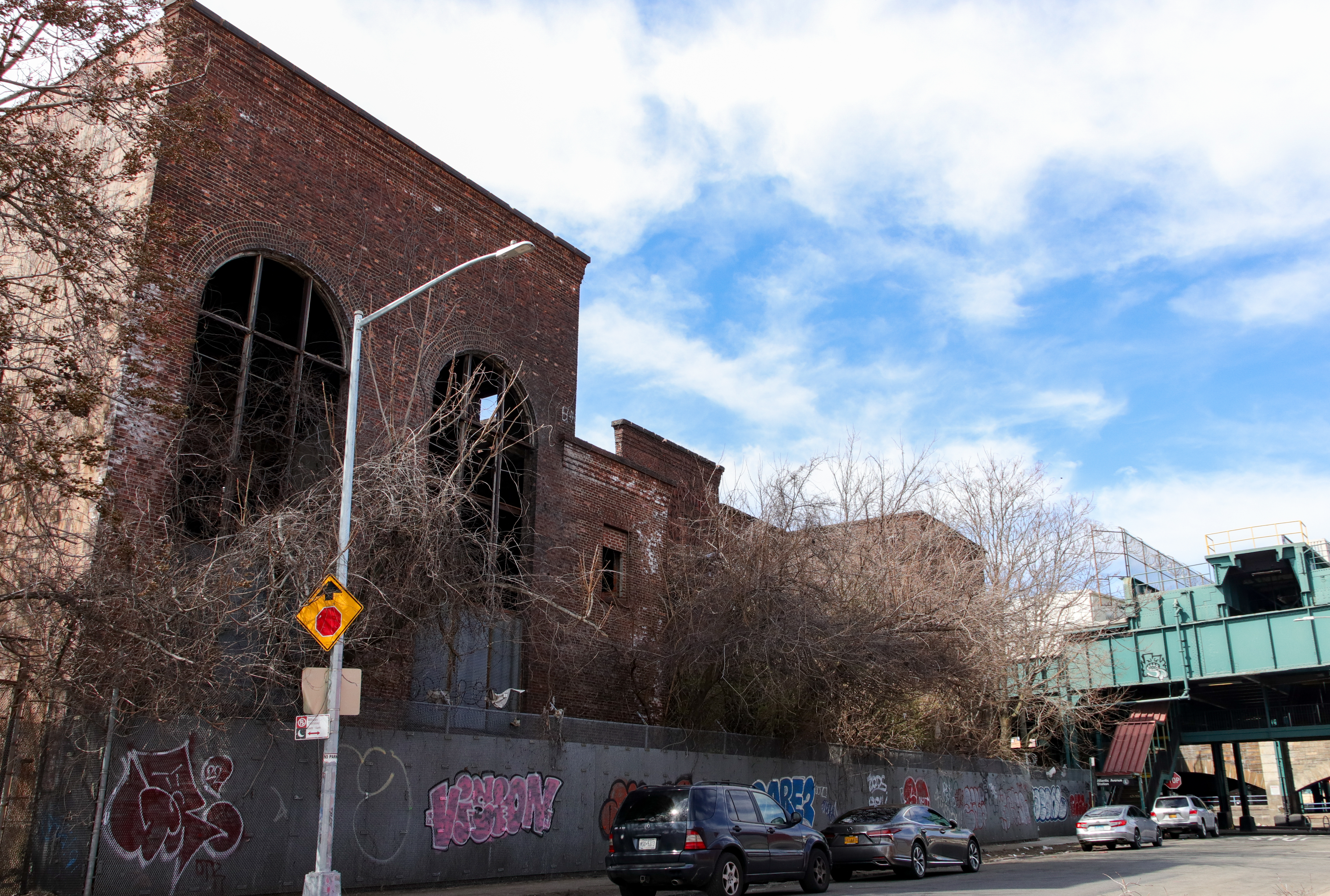
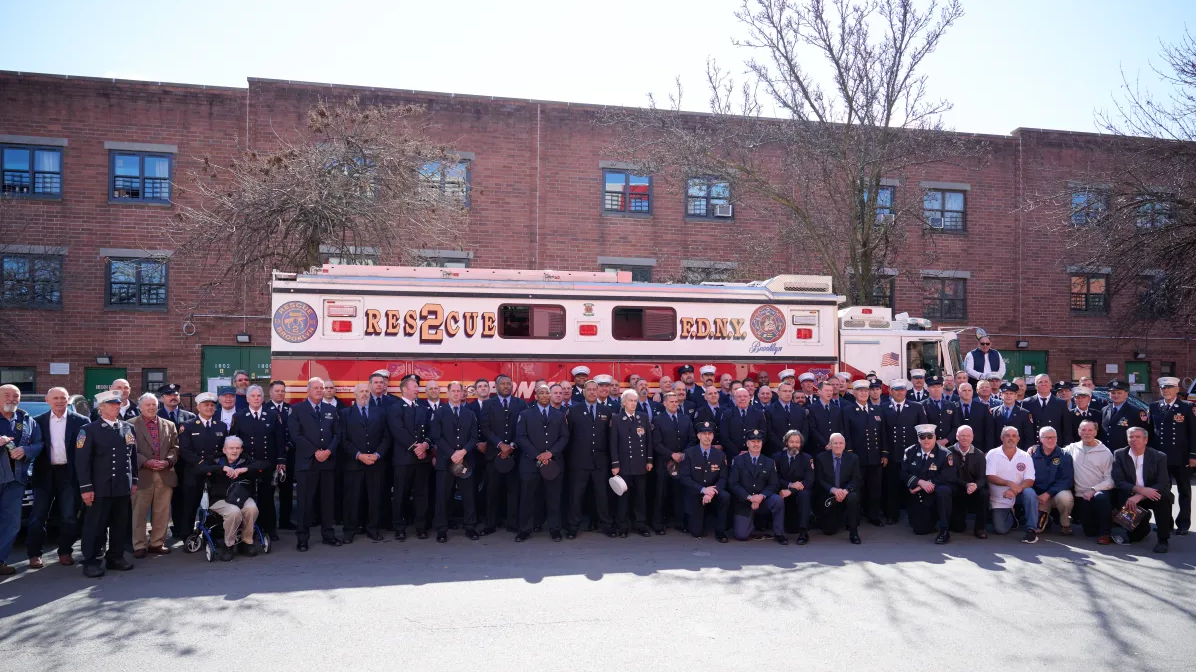
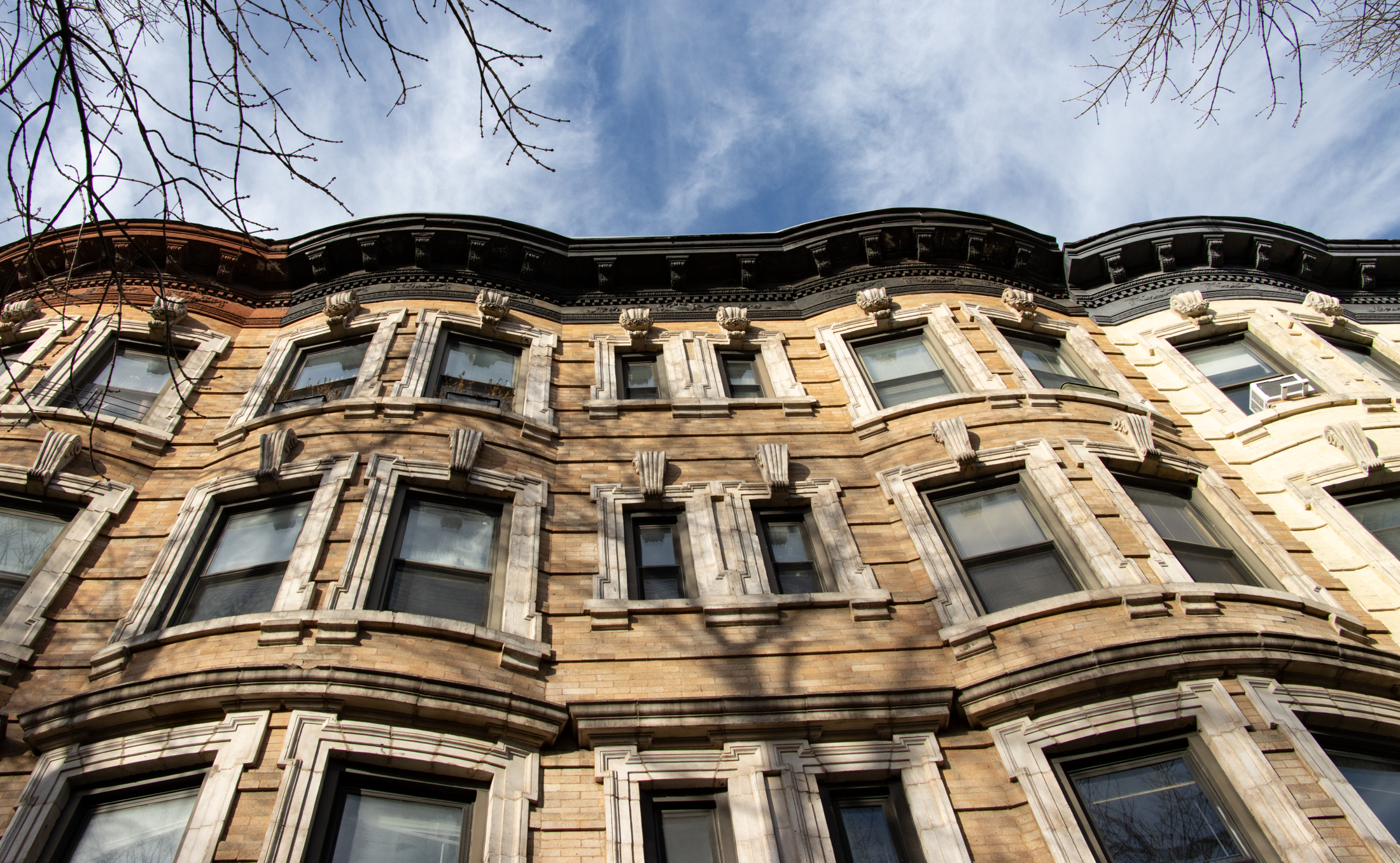




As a very young kid in the late 60’s and early 70’s I remember some greasy spoon diners and luncheonettes still having the “sugar pourer” and “lumps” (sugar cubes)….
The packets (while much more convenient & sanitary) probably don’t save the restaurants much money because they are easier to steal….
I still relish the calm working class sanctuaries (like Chock Full O Nuts) that were all over back then…
About 1987/88 all the Chock Full O Nuts in Brooklyn became “Kenny Rodger’s Roasters”….
Those counters were so highly innovative and lovely…
Today they would most likely be sanctuaries for the mentally ill and homeless like Dunkin Donuts is now….